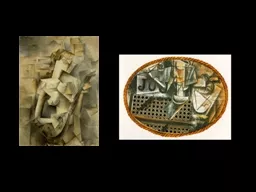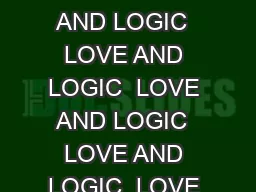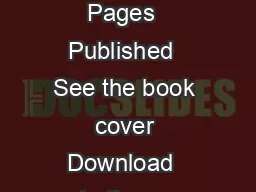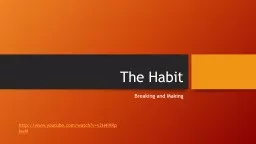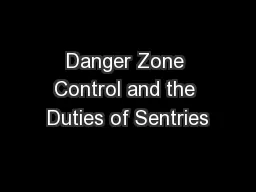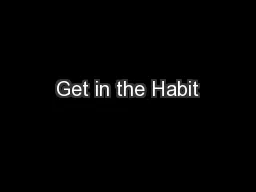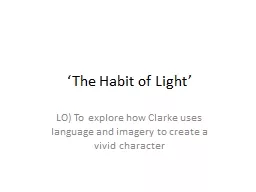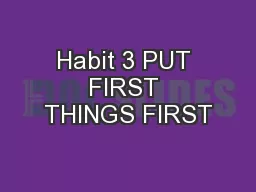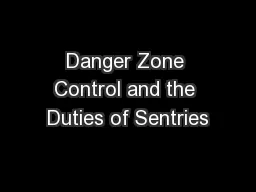PPT-We want to sing the love of danger, the habit of energy and
Author : phoebe-click | Published Date : 2016-06-22
The essential elements of our poetry will be courage audacity and revolt Literature has up to now magnified pensive immobility ecstasy and slumber We want to exalt
Presentation Embed Code
Download Presentation
Download Presentation The PPT/PDF document "We want to sing the love of danger, the ..." is the property of its rightful owner. Permission is granted to download and print the materials on this website for personal, non-commercial use only, and to display it on your personal computer provided you do not modify the materials and that you retain all copyright notices contained in the materials. By downloading content from our website, you accept the terms of this agreement.
We want to sing the love of danger, the habit of energy and: Transcript
Download Rules Of Document
"We want to sing the love of danger, the habit of energy and"The content belongs to its owner. You may download and print it for personal use, without modification, and keep all copyright notices. By downloading, you agree to these terms.
Related Documents

